
The global deep fryer market is experiencing steady growth, driven by the increasing popularity of fried foods across cultures and age groups. Valued at USD 573.63 million in 2024, the market is projected to reach USD 723.90 million by 2033, growing at a CAGR of 2.49% from 2025 to 2033. This growth is fueled by the expansion of quick-service restaurants (QSRs), technological advancements in fryer designs, and the rising demand for convenient cooking appliances in both commercial and residential sectors.
Study Assumption Years
Base Year: 2024
Historical Years: 2019–2024
Forecast Years: 2025–2033
Deep Fryer Market Key Takeaways
Market Size and Growth: The global deep fryer market was valued at USD 573.63 million in 2024 and is expected to reach USD 723.90 million by 2033, exhibiting a CAGR of 2.49% during the forecast period.
Dominant Region: North America leads the market with a 38.3% share in 2024, attributed to the strong presence of fast-food chains and high consumer spending on dining out.
Leading Capacity Segment: The 2L–5L capacity segment holds the largest market share at 49.5%, favored for its balance between size and functionality, suitable for both home and small business use.
Primary End Users: Quick service and full-service restaurants dominate the end-user segment, accounting for 76.6% of the market in 2024, due to their consistent demand for efficient, high-capacity cooking appliances.
Preferred Distribution Channel: Offline channels lead with a 67.8% market share in 2024, as consumers prefer to physically inspect products before purchasing, especially for high-cost kitchen appliances.
Technological Advancements: Innovations such as automatic temperature regulation, oil filtration systems, and energy-efficient designs are enhancing product efficiency and user convenience, driving market growth.
E-commerce Influence: The rise of online retail platforms is expanding market access, offering consumers a wider variety of products and convenient purchasing options, further boosting sales.
What Factors Are Fueling the Growth of the Deep Fryer Market?
Expansion of Quick Service Restaurants (QSRs)
What’s really firing up the deep fryer market? First off, the explosive growth of quick service restaurants (QSRs). These guys are everywhere, and they absolutely depend on deep fryers to keep those fries and nuggets flowing. Especially in developing regions, new QSRs are opening at a rapid clip—close to 200,000 globally in 2024. That’s a serious demand generator for industrial-grade fryers.
Technological Advancements in Fryer Designs
Then you’ve got technology stepping up. Today’s fryers aren’t just basic kitchen equipment—they’re smart. Automation features, oil filtration, programmable controls—they’re making operations more efficient and pushing consistency. That attracts not just the big chains, but also smaller restaurants and even some home users who are after performance and reliability.
Rise of E-commerce Platforms
E-commerce? Definitely a growth lever. Online platforms are making it easier than ever for buyers—both businesses and consumers—to browse, compare, and order fryers. No need for someone to physically visit a supplier. The convenience, variety, and competitive pricing online is driving up sales figures across the board.
Market Segmentation
By Type
Electric Deep Fryers: Utilize electricity for heating, offering precise temperature control and energy efficiency, suitable for both commercial and residential use.
Gas Deep Fryers: Use gas for heating, providing rapid temperature recovery and high-volume cooking capabilities, ideal for commercial kitchens.
By Capacity
2L: Compact size, suitable for small households or occasional frying needs.
2L–5L: Most popular segment, balancing size and capacity, ideal for home use and small food businesses.
5L–8L: Medium capacity, catering to moderate commercial use.
8L–14L: Large capacity, designed for high-volume commercial operations.
Over 14L: Extra-large capacity, suitable for industrial-scale food production.
By End User
Households: Consumers seeking convenient cooking appliances for home use.
Quick Service and Full-Service Restaurants: Primary users, requiring efficient and high-capacity fryers for consistent food quality.
Others: Includes catering services, food trucks, and institutional kitchens.
By Distribution Channel
Offline: Traditional retail outlets, preferred for the ability to physically inspect products before purchase.
Online: E-commerce platforms offering a wide range of products and the convenience of home delivery.
By Region
North America (United States, Canada)
Asia Pacific (China, Japan, India, South Korea, Australia, Indonesia, Others)
Europe (Germany, France, United Kingdom, Italy, Spain, Russia, Others)
Latin America (Brazil, Mexico, Others)
Middle East and Africa
Which Region is Leading the Deep Fryer Market?
Regionally, North America’s got the lead—holding about 38% of the market in 2024. The combination of heavy fast-food culture, high consumer spending, and a mature foodservice sector keeps the demand high. Plus, there’s a strong appetite for new kitchen tech and appliances, which plays right into this trend.
What Are the Latest Developments in the Deep Fryer Market?
On the innovation front, companies aren’t sitting still. Take Kiremko’s new CORDA Invicta fryer with integrated EcoMiser, this model cuts oil usage and boosts sustainability, which is a big deal for cost control and corporate responsibility. Meanwhile, Breville’s integrated AI-powered search into its digital sales platform, making it easier for customers to find what they need and, not surprisingly, boosting conversions.
Who Are the Key Players in the Deep Fryer Market?
Ali Group SRL, Breville Group, De'Longhi S.p.A., Electrolux AB, Eware Appliances, Groupe SEB, Hamilton Beach Brands Holding Company, Henny Penny, National Presto Industries Inc., Welbilt Inc., etc.
Frequently Asked Questions (FAQs)
Q1: What is the projected growth rate of the deep fryer market from 2025 to 2033?
The deep fryer market is expected to grow at a CAGR of 2.49% during the forecast period, reaching USD 723.90 million by 2033.
Q2: Which capacity segment holds the largest market share?
The 2L–5L capacity segment holds the largest market share at 49.5%, favored for its balance between size and functionality, suitable for both home and small business use.
Q3: Why do quick service and full-service restaurants dominate the end-user segment?
These establishments require efficient, high-capacity cooking appliances to meet consistent demand for fried foods, making deep fryers essential for their operations.
Q4: How is e-commerce influencing the deep fryer market?
E-commerce platforms are expanding market access by offering a wide range of products, competitive pricing, and convenient purchasing options, thereby boosting sales.
Q5: What technological advancements are impacting the deep fryer market?
Innovations such as automatic temperature regulation, oil filtration systems, and energy-efficient designs are enhancing product efficiency and user convenience, driving market growth.
If you require any specific information that is not currently covered within the scope of the report, we will provide the same as a part of the customization.
About Us:
IMARC Group is a global management consulting firm that helps the world’s most changemakers to create a lasting impact. The company provides a comprehensive suite of market entry and expansion services. IMARC offerings include thorough market assessment, considerations studies, company incorporation assistance, factory setup support, regulatory approvals and licensing navigation, branding, marketing and sales strategies, competitive landscape and benchmarking analyzes, pricing and cost research, and procurement research









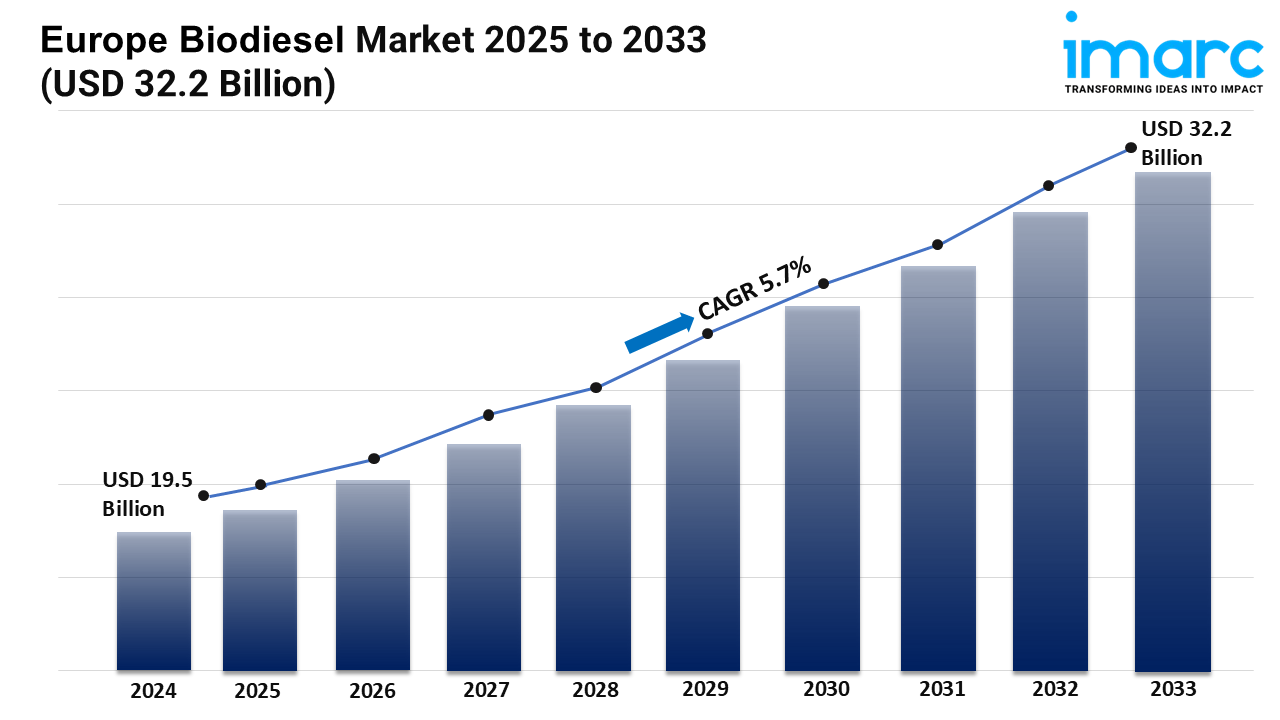
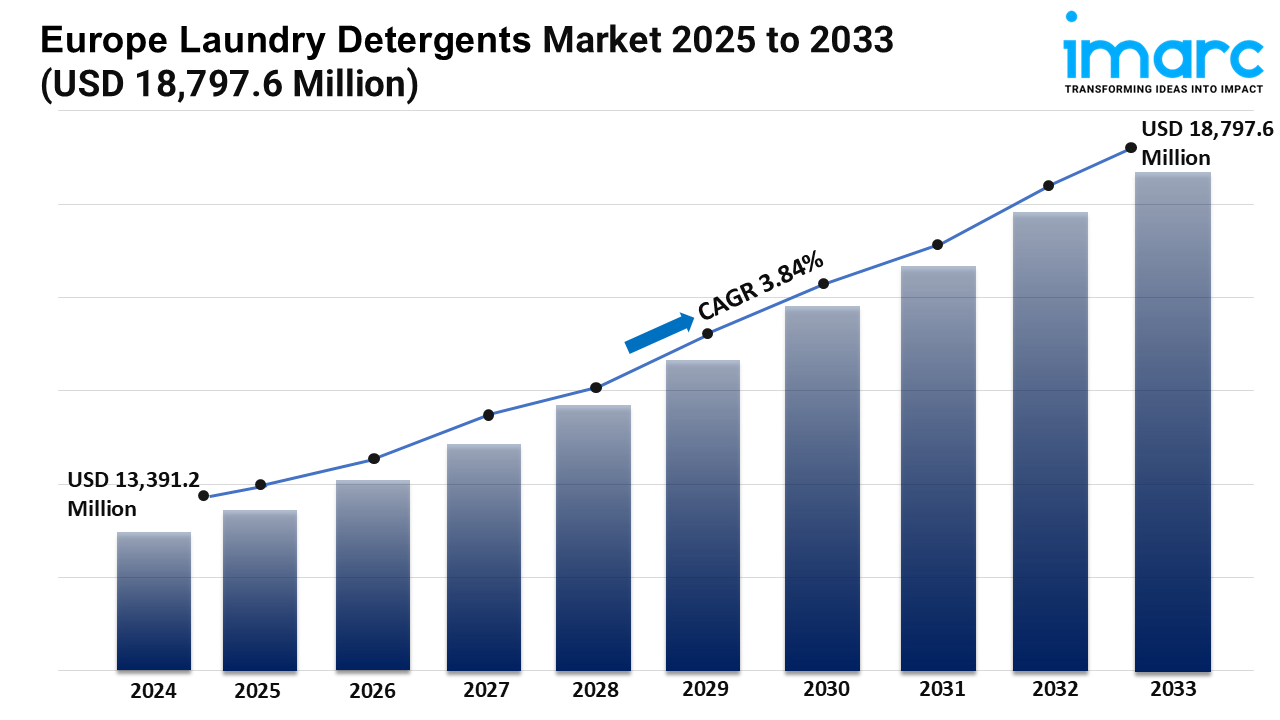
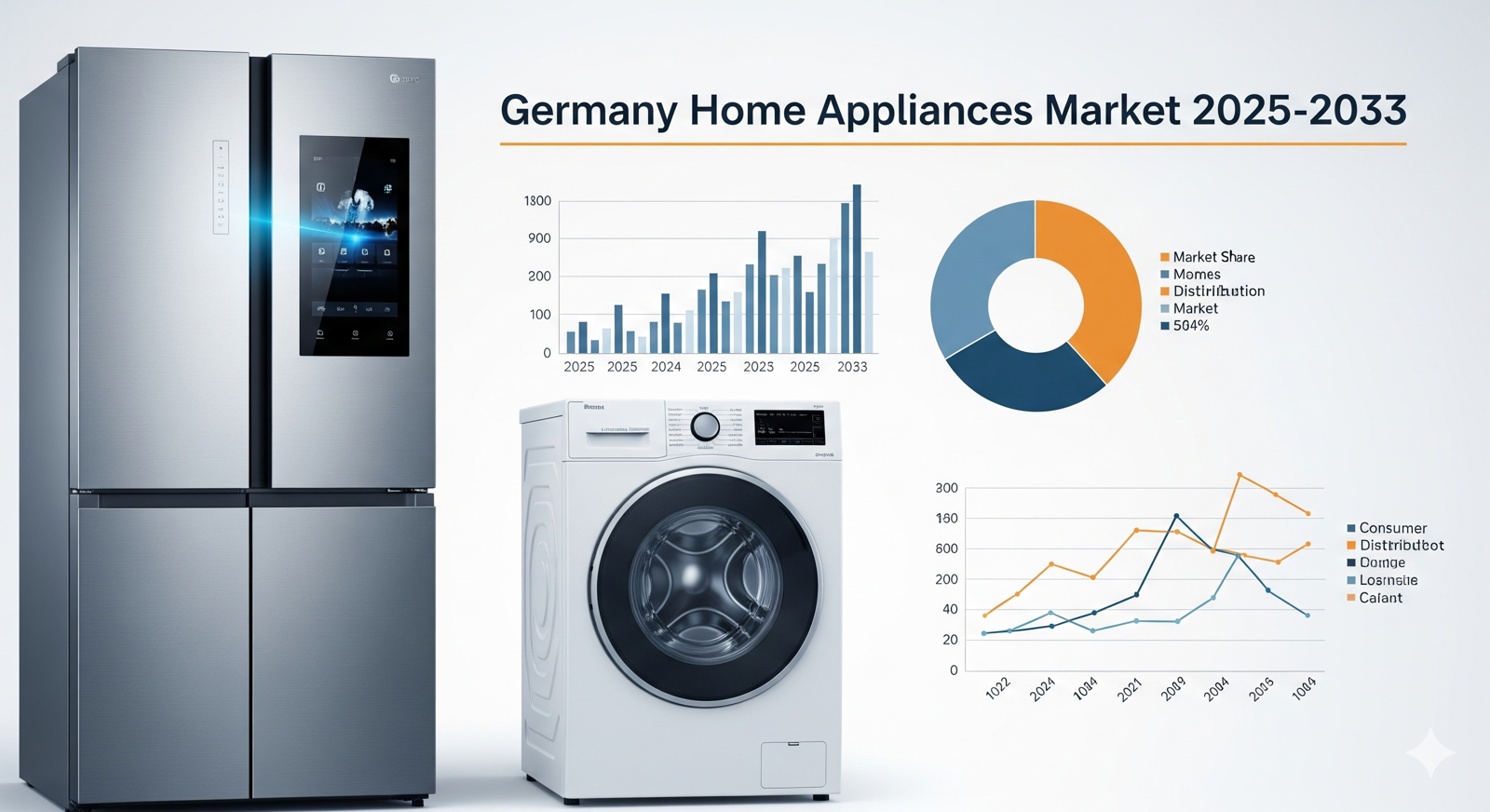
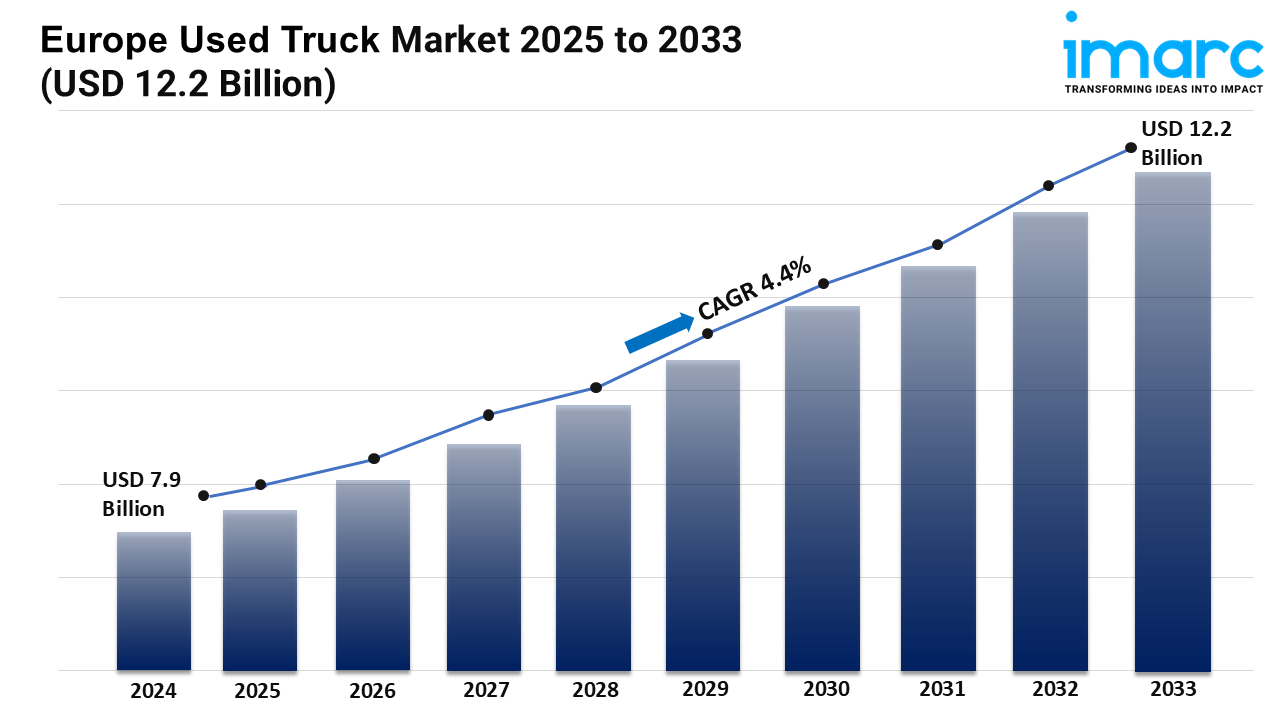
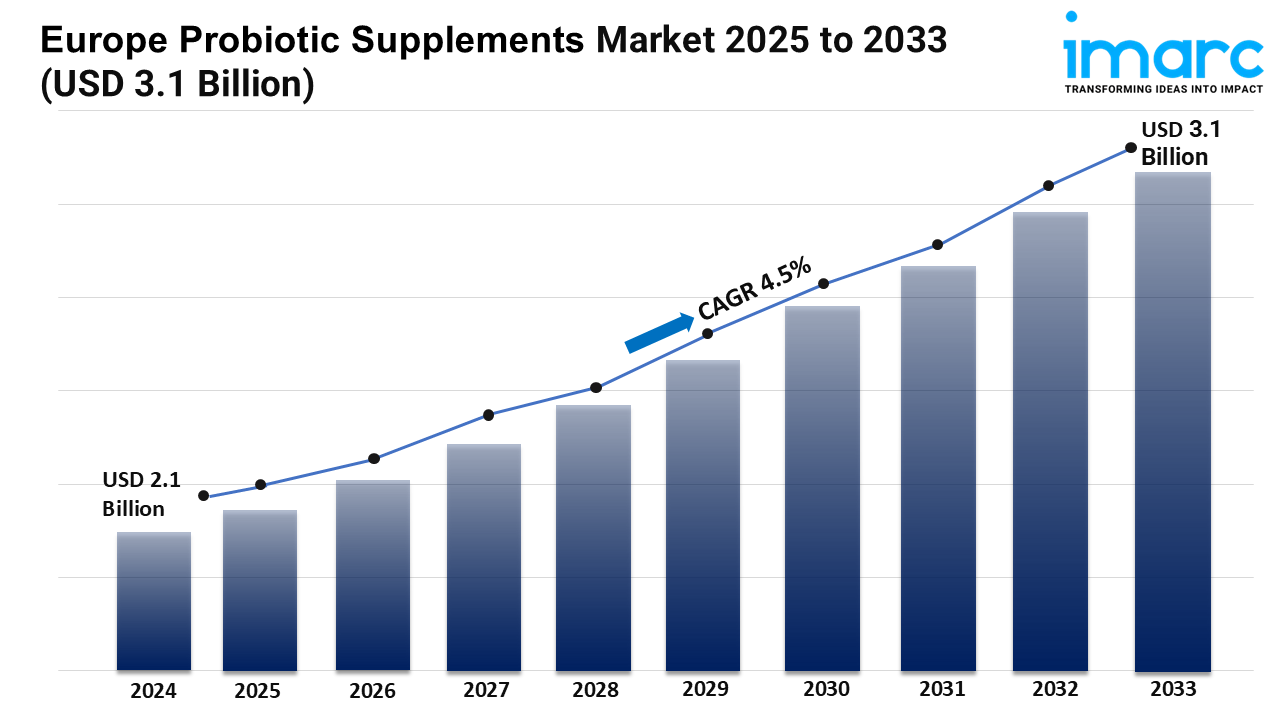
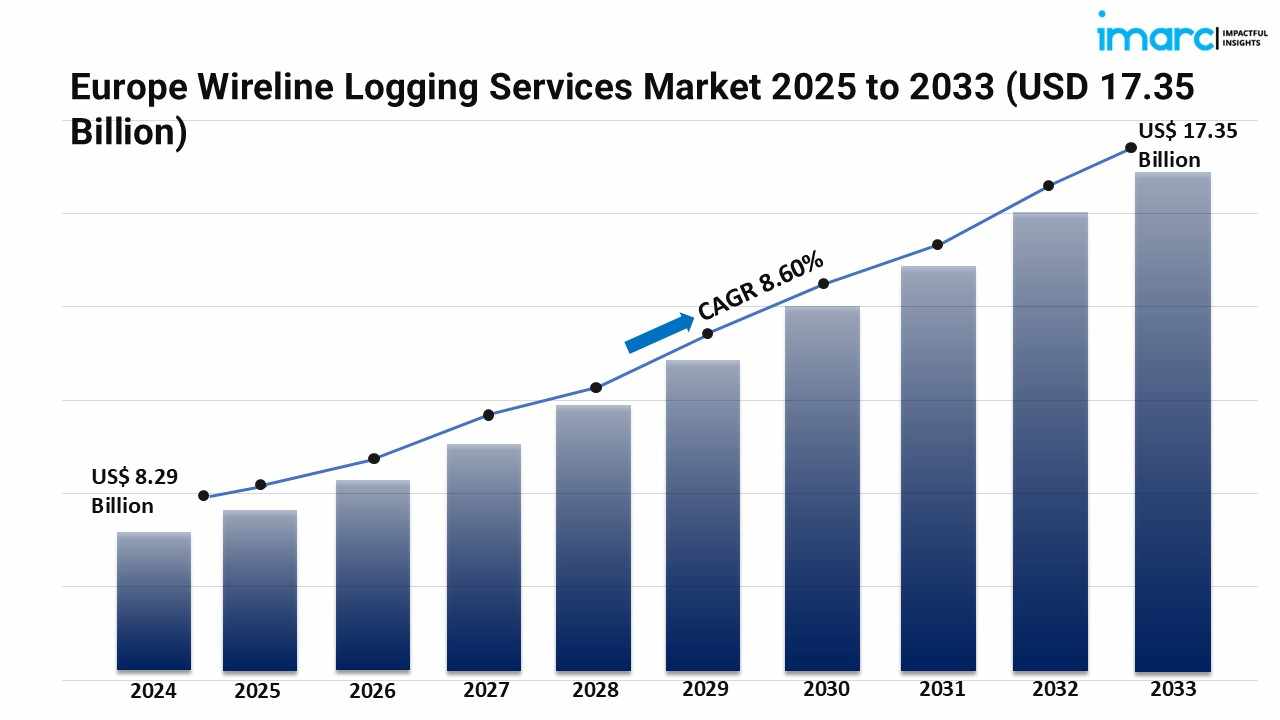
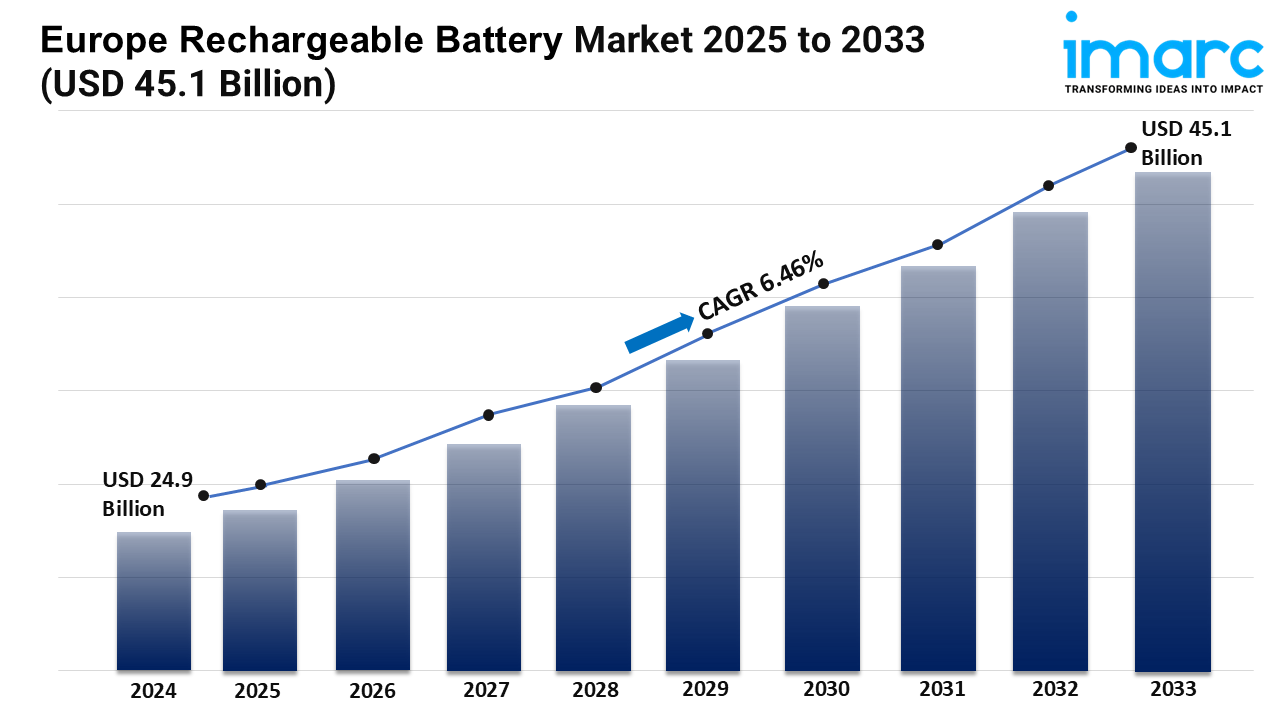
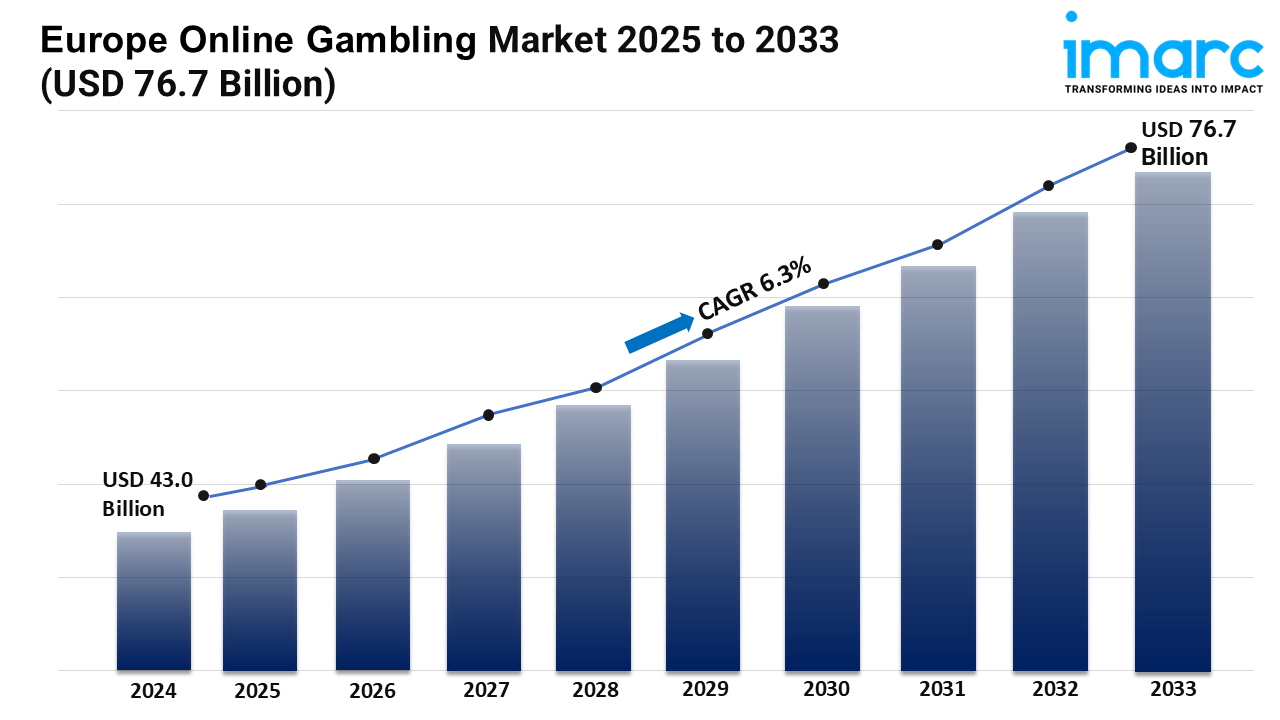



Write a comment ...